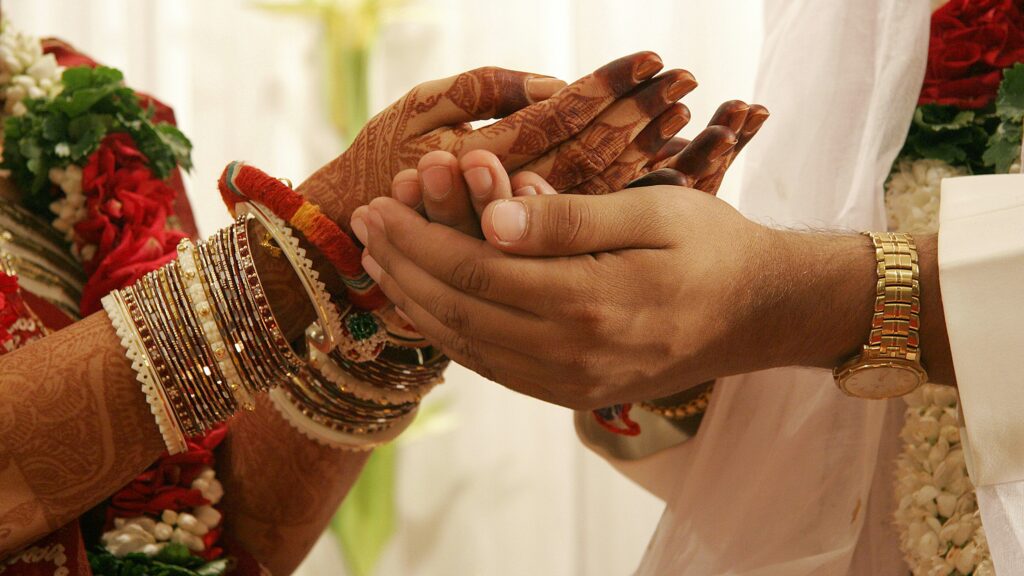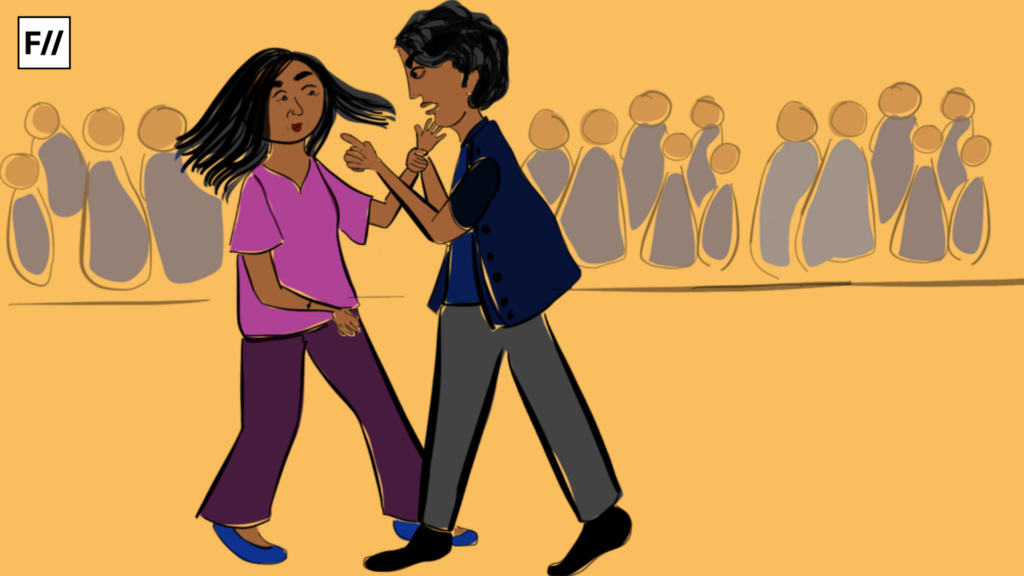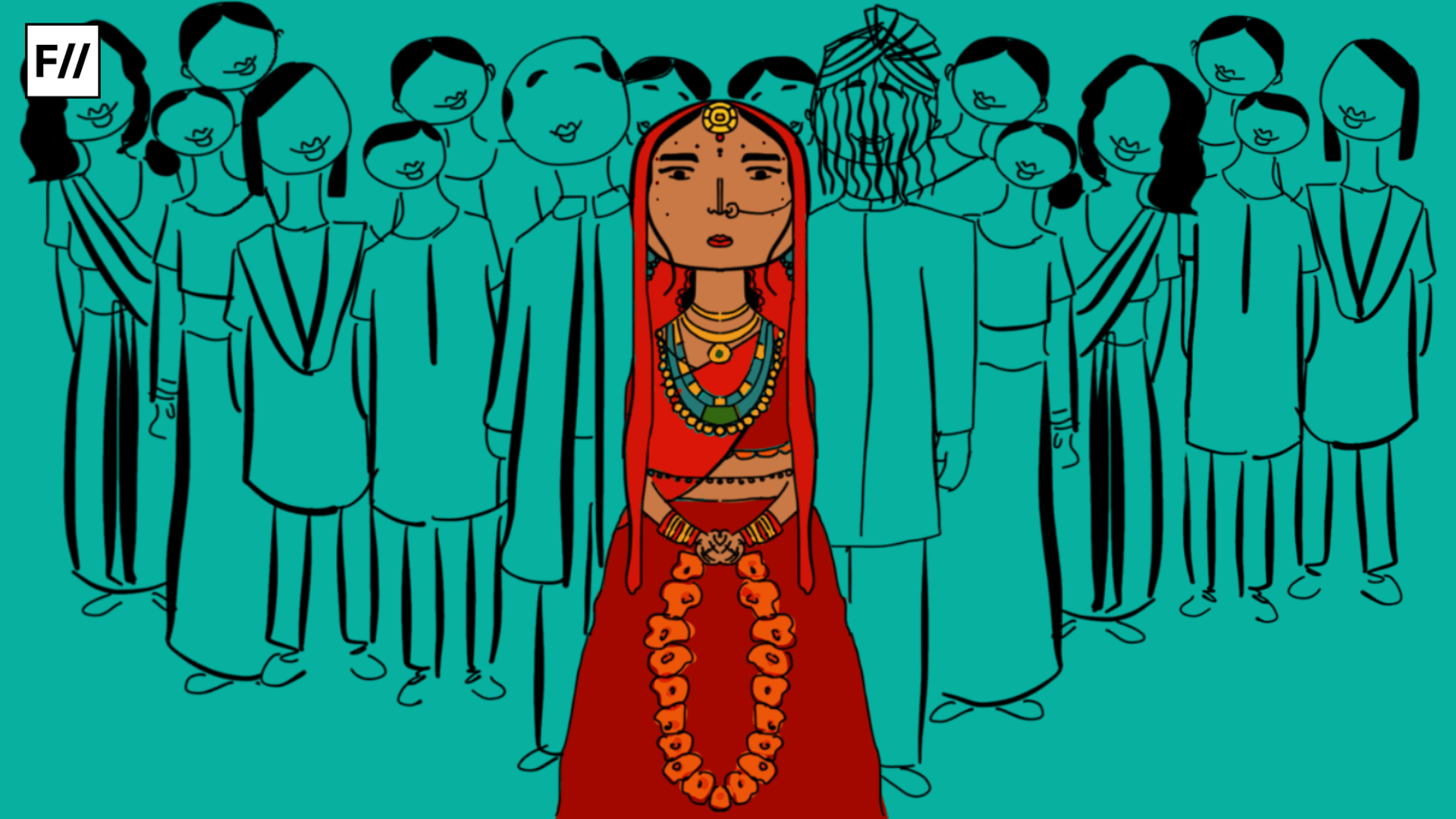Trigger Warning: This article mentions dowry death and harassment.
Dowry is a malevolent practice which continues to mar Indian society years after the implementation of the Dowry Prohibition Act (1961). A December 10th, 2021 press release by The Ministry of Women and Child Development claims that “The Dowry Prohibition Act, 1961 and the Indian Penal Code (IPC) have adequate provisions to tackle the menace. Presently, there is no proposal to amend the Act further.” However, the year 2021 saw a 31% increase in the cases of the Dowry Prohibition Act as opposed to the year 2020, as recorded by the National Crime Records Bureau (NCRB).
Even though the NCRB reports* reveal a 6.6% decline in dowry deaths over the past four years, the country still reported as many as 28,279 dowry-related deaths. This data raises multiple questions, particularly about the efficiency of the existing laws.
It is time we learn that the laws do not solve these things.
Naveed Ahmad, Research Fellow (Criminal Justice), Vidhi Centre for Legal Policy
During the introduction of the Dowry Prohibition Bill in 1961, the then Law Minister Ashoke Kumar Sen stated that, “I do not claim at all that a law passed by this Parliament would completely eradicate this evil. In fact, law never does eradicate evils. It is the social conscience of the people which ultimately sanctions the prevention of crimes and evils. The law only expresses that social conscience. We are only taking the first step, namely, express in no equivocal terms the conscience of the people which regards this practice as pernicious and which regards it as an evil.”

Naveed Ahmad, a Research Fellow (Criminal Justice) at Vidhi Centre for Legal Policy, states that, “It is time we learn that the laws do not solve these things.” The Dowry Prohibition Act was modified in 1984 and 1986 to mandate harsher punishments for the acts of giving, taking, or asking for dowry.
Also Read: Why Are Dowry Payments Rising In India?
This change in the law shifted the burden of proof and classified these offences as non-bailable. Additionally, in 1986, the IPC was revised to include the crime of dowry death, which required a minimum prison term of seven years and could result in life imprisonment. However, Ahmad states that over time it has become clear that the solution does not reside in the law.
We have the law, but to have that awareness to tell right from wrong in the people is necessary; since it is the people who are the enforcers of these laws.
Anju Kapur, National President of the Anti-Sexual Harassment Council of Women’s Indian Chamber of Commerce & Industry
“The point of the parliament and the legislation is to make the law,” says Anju Kapur, a women’s rights activist who is also the National President of the Anti-Sexual Harassment Council of Women’s Indian Chamber of Commerce & Industry. Kapur claims that India has better laws than many other countries, but the implementation with clear demarcation of the agencies is lagging. Kapur continues to mention that the government needs to take extreme measures like door-to-door awareness drives that can educate people about the social stigma around divorce and the related prejudices against women.
Kapur further states that it is crucial to conduct periodical gender sensitisation training and workshops even for the police and the judiciary since the ingrained patriarchy of the uniformed officials creates roadblocks for the women approaching justice. In India, women, marriage and dowry, all seem to be linked to ‘izzat’(honour), says Kapur.
“We have the law, but to have that awareness to tell right from wrong in the people is necessary; since it is the people who are the enforcers of these laws,” she adds. Kapur states that even though there are provisions for equal property rights for women in the Indian Constitution, families still remain reluctant to bring their daughters back to their homes for fear of social ostracism.

According to Ahmad, the recent increase in the number of dowry cases being registered can be seen as a positive trend, since conventionally families would caution women against filing such cases. He continues to state other factors like maintaining the family, consideration of the future of children or restoring the marriage which usually take precedence over reporting domestic crimes against women.
Also Read: Dowry Deaths: The Vismaya Case Highlights The Pervasive Nature Of Dowry Despite Laws
Additionally, the proceedings also become challenging when it comes to conviction. Ahmad mentions that the standard of proof that the courts demand is such that it becomes difficult for victims to come up with such specific instances of cruelty, and present these in front of the courtroom, which might not be that receptive to these things. “People tend to settle because it is difficult for the court to identify the evidence,” says Ahmad. He states that the low conviction rate cannot be taken as a ground on which the misuse of the law is decided.
According to NCRB, India has reported an average of 3,72,192 crimes against women, with 12,317 cases of the Dowry Prohibition Act and 7,223 dowry deaths every year since 2017. Ahmad remarks that such staggering numbers force us to rethink solutions that go beyond the law and the criminal justice system.
According to NCRB, India has reported an average of 3,72,192 crimes against women, with 12,317 cases of the Dowry Prohibition Act and 7,223 dowry deaths every year since 2017. Ahmad remarks that such staggering numbers force us to rethink solutions that go beyond the law and the criminal justice system.“The pendulum has been swaying in the favour of men all our lives. It is exhibiting resistance now that we are trying to swift it the other way,” says Kapur.

“Women’s pride is going to be a huge asset in fulfilling the dreams of the nation,” said Prime Minister Modi on the Independence Day of 2022 from the ramparts of Red Fort. The NCRB categorises women as the vulnerable section of society and therefore has dedicated chapters on the crime rate. These numbers reveal a massive gap between the purpose of the laws and their actual implementation.
In 1961, AK Sen appealed to the social conscience of people for the law to work in its full effect, a solution similar to the suggestions made in the present time by Kapur. While NCRB is yet to release the annual report for 2022, women continue to wait for real change while being subjected to targeted violence year after year. The existing laws in the country can find a befitting implementation only when the society fulfils its due responsibility in protecting the rights of women and preventing such cases through collective efforts.
Also Read: What The Case Of Vismaya & Surging ‘Dowry Deaths’ In Kerala Tell Us
*The NCRB reports are available here for reference: 2021, 2020, 2019 and 2018.





Please also tell us about the incredibly high number of false cases of dowry which have resulted in men’s suicides, loss of career, seperation from children, social boycott, acute depression, permanent joblessness as no one will hire a man with a man with a criminal record even if he manages to prove his innocence. And the worst part is that women walk free even after it is proved that they were lying. 498A is a tool to harass, threaten, and intimidate husbands and walk with lakhs in “settlement” after a divorce.